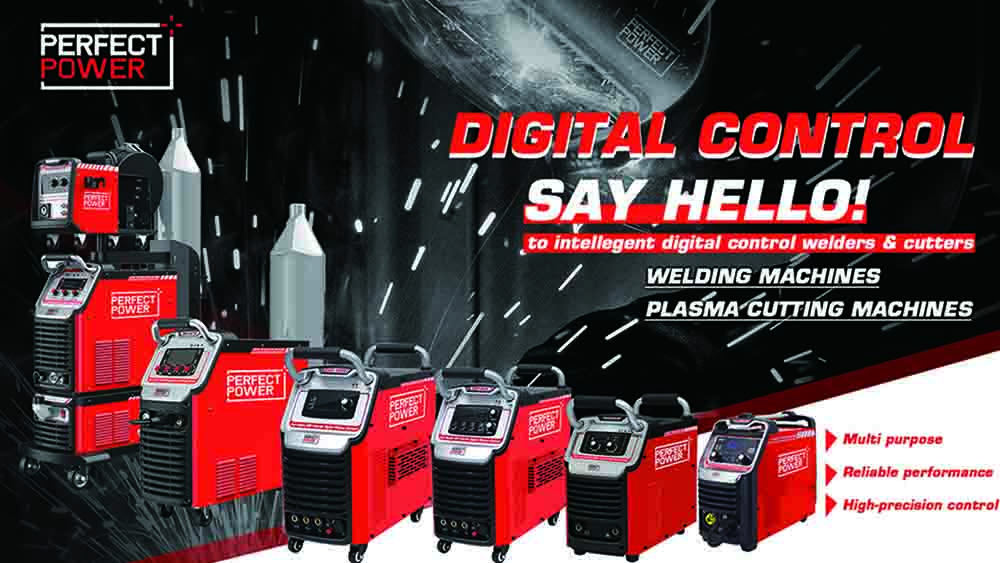
Welding is a critical process in various industries, from manufacturing to construction. It involves joining materials using heat and pressure to create strong and lasting bonds. However, even the most experienced welders encounter challenges during the welding process. In this comprehensive guide, we will provide welding troubleshooting tips and delve into the most common welding problems and provide practical solutions to troubleshoot them effectively.
1. Incomplete Penetration
Problem: Incomplete penetration occurs when the weld does not fully penetrate the joint, resulting in weak bonds and reduced structural integrity.
Solution: To address incomplete penetration, consider these steps:
a. Adjust Welding Parameters: Increasing the heat input or adjusting the travel speed can help achieve better penetration. Ensure the welding machine settings match the material being welded.
b. Use Proper Technique: Maintain a consistent travel speed and proper electrode angle to allow the molten metal to flow into the joint completely.
c. Select Adequate Welding Process: Depending on the material and joint type, choose the appropriate welding process. For instance, TIG welding is ideal for achieving deep penetration on thin materials.
2. Weld Porosity
Problem: Weld porosity is characterized by the presence of gas pockets or voids within the weld, which can weaken the joint and make it susceptible to cracking.
Solution: To combat weld porosity:
a. Clean the Material: Ensure the base metal is free from dirt, rust, grease, and moisture. Proper cleaning minimizes the chance of gas entrapment.
b. Check Gas Flow: Adequate shielding gas flow is essential to prevent air from contaminating the weld pool. Verify the gas flow rate and make sure there are no leaks in the gas line.
c. Use Dry Electrodes: Moisture on the electrodes can lead to gas porosity. Store electrodes in a dry environment and preheat them if necessary.
3. Excessive Spatter
Problem: Spatter refers to the unwanted droplets of molten metal that splash around the weld area, causing an uneven and messy appearance.
Solution: To reduce spatter:
a. Adjust Voltage and Wire Feed Speed: Fine-tuning the voltage and wire feed speed can help control the spatter. Consult the welding machine’s manual for recommended settings.
b. Use Anti-Spatter Solutions: Applying anti-spatter sprays or gels on the workpiece before welding can prevent the spatter from sticking.
c. Maintain Proper Gun Angle: Holding the welding gun at the correct angle helps direct the arc and molten metal, minimizing the spatter.

4. Cracking
Problem: Weld cracks can occur both during and after welding due to various factors such as excessive stress, poor joint preparation, or inadequate filler material.
Solution: To prevent welding cracks:
a. Preheat the Base Metal: When working with thick materials, preheating the base metal before welding can reduce the likelihood of cracks forming due to rapid cooling.
b. Choose Appropriate Filler Material: Using the correct filler material with proper mechanical properties for the base metal can help prevent cracks.
c. Reduce Stress: Minimize stress by avoiding abrupt changes in joint geometry and cooling the welded area gradually.
5. Warpage
Problem: Warping occurs when the material distorts due to uneven heating and cooling during the welding process.
Solution: To mitigate warping:
a. Tack Welding: Use tack welds to hold the parts in place before making the final weld. This helps distribute the heat evenly, reducing warpage.
b. Alternate Welding Sequence: Welding in a specific sequence, alternating between different parts of the joint, can help distribute the heat and minimize distortion.
c. Clamping and Fixturing: Properly clamp and fixture the workpiece to keep it in position during welding, reducing the chances of distortion.
In conclusion, welding is a skill that requires knowledge, practice, and the ability to troubleshoot common problems effectively. By understanding the underlying causes of welding issues and implementing the appropriate solutions, welders can ensure their work is of the highest quality, producing strong and reliable joints. Whether you’re a seasoned welder or a beginner, keeping these troubleshooting tips in mind will contribute to successful welding outcomes and safe, structurally sound projects.



